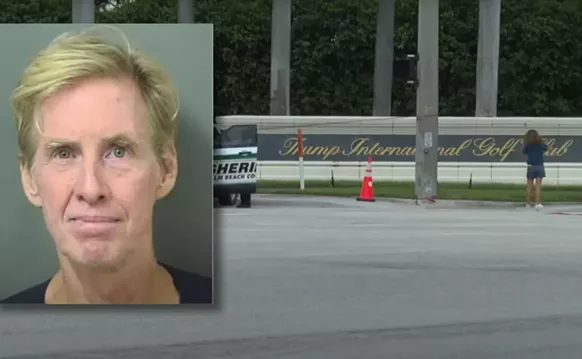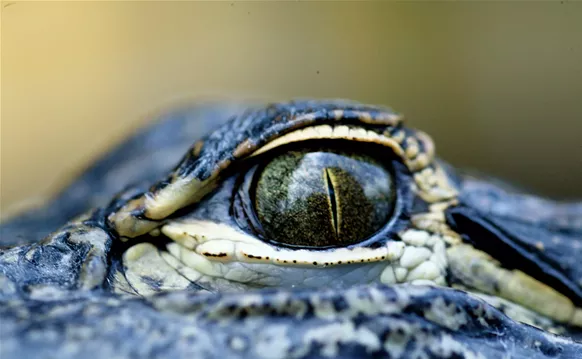Dirt. God created man from it. We grow our food in it. And it's where all of us go to rest in the end.
For Broward artist, curator, and writer Onajide Shabaka, the primordial substance is also the inspiration for "DIRT Yuta Suelo Udongo Tè," a new exhibit opening in Miami's Design District during this weekend's Second Saturday Art Walk.
"I visited Ely, Minnesota, in 1999 to spend Memorial Day weekend with a friend who's a computer geek there and stay in a cabin," recalls Shabaka. "I would take long walks to explore the area and just discovered this really beautiful red-oxide earth near an abandoned iron ore open-pit mine. I began collecting it to use as part of my art practice."
At the time, Shabaka — whose drawing, sculpture, and photography work often explores anthropology and geography through an African-American lens and who is also founder of the Miami Art Exchange blog — had been exploring deities common in the Yoruba religion in West Africa and filtering their symbolism into his artwork. "Typically, during my walks in Minnesota," he says, "I would collect objects that caught my eye, and the red earth reminded me of the orisha Oggun, who in the Yoruban pantheon is the god of minerals and tools and a blacksmith who is associated with iron and industry."
Shabaka, who returned to Ely for several more visits to continue his "botanical research," began shipping his trove of found objects back home. "Later, I would fill milk containers and even collected a few bricks from a building that was demolished and mail them to myself," says the 65-year-old. "You can say this show has been over a decade in the making."
After an inspiring conversation with fellow Miami artist William Cordova "about dirt and its relevance to diverse cultures," Shabaka decided to organize and curate an exhibit around the concept. Research brought back memories of Shabaka's childhood. "My folks are from Tennessee and South Carolina," he says, "and I remember that growing up, I would hear stories my mother and others told about women eating dirt while pregnant because of its nutritional value. It's called geophagy, and apparently it's a common occurrence in places like the Caribbean and Haiti."
These discoveries led him to title his show with linguistic references in English, Talaandig, Spanish, Kishwahili, and Creole to address the varying connotations of dirt in diverse cultural contexts.
"Some people think of the substance as dirty, but we need it to live," says Shabaka. "But when it gets indoors, we consider it filthy. While studying it, I saw how responses to dirt varied very differently across the world."
The "Dirt" exhibit reflects those differences while illustrating the transformative potential of the mucky material. Works from a dozen artists explore different takes on the subject matter: cleanliness, cycles of destruction and creation, the fleeting nature of time and memory, the sediment of human existence, and our relationship with the environment. The exhibit includes sculpture, photography, paintings, drawings, mixed-media works, and even a delicate piece of Raku pottery.
A photographic self-portrait of Miami's David Rohn depicts the bare-chested artist wearing a matted wig and with his torso and mug slathered in mud while staring at the viewer with a look of utter boredom. In the rib-tickling picture, Rohn skewers our obsession with cleanliness subversively while seeming to suggest that at its root, the business of art itself can also be dirty.
Another work that commands attention is Jovan Karlo Villalba's The Wake, a sculpture-like painting rising from the floor and surrounded by a mound of dirt at the pedestal. The Miami artist's piece depicts a barren field under an angry crimson sky that evokes the relationship between humans and nature and the need for better stewardship of our environment.
Kim Nicolini's series of haunting photos depicts the suburban squalor of Tucson — the city she lives in. Her pictures of "dirty yards" absent of grass, people, and animals are shot after dusk and lighted from windows in homes, amping up a sense of desolation and eeriness.
West Palm Beach's Veronica Scharf Garcia also catches the eye with her delicate ceramic piece titled Soiled on Blue. It's a salver tray typically used by a servant to present a letter or business card. She created the tiny piece of Raku pottery by removing it from a hot kiln and later firing it in a metal trash can filled with burning newspaper.
"The technique gives the ceramic an unpredictable crackled surface," explains 53-year-old Garcia. "Clay also comes from the earth. I added a small mound of dirt I fished out of one of my potted plants at home and removed the styrofoam balls from. The salver has a hole in it which a servant uses to hold it, and the hole gives the impression the dirt might slip through and deals with notions of unbalanced nature."
Shabaka himself contributed a micro installation employing the red dirt from Minnesota's Vermilion Iron Range that served as a conceptual fertilizer. The artist and curator says dirt is hard to define, since it represents the dissolution of everything else and reflects the final stop, or the end of entropy.
Next up, he says, "I am also interested in personal pollution and will be exhibiting garments of a deceased friend who was an iron worker named Richard," he says.
That will be yet another nod to Oggun, who also dominates the secrets of the wilderness and who seems to be the spirit lurking over Shabaka's down-to-earth exhibit.










